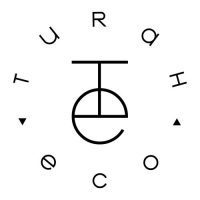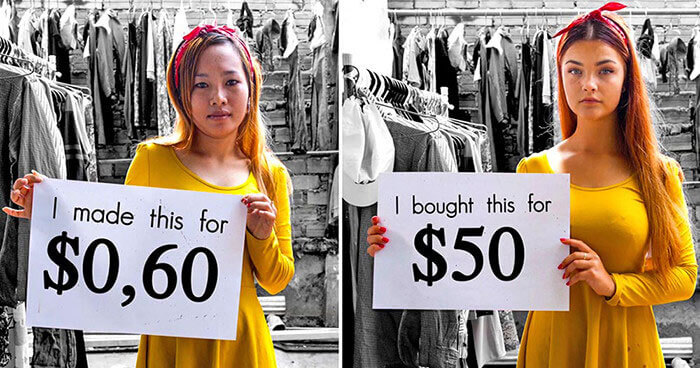
Yes just like the phrase that you are what you eat, you are indeed what you wear. When we talk about fashion and style, we think of our image , right? Well that is is true, fashion represents who we are and what we would want to communicate to people, or what we stand for, or for identity purpose and so many other reasons that drive our fashion.
Have you ever wondered about the lifecycle of you piece of clothing? Just like it is in may cases important for you to know who made your food, the same applies to for clothing. Most of the fashion we own is pieces from all over with no clue where it really came from, but only represent brands that have been marketed to us with the luxury to just totally feel special by buying the latest collections, have different tastes for different seasons and occasions, at a low cost. The low cost being that you do not have responsibility to who made the clothing, in a few cases, some people will ask, how was it made, with what material in the food case it would be the recipe and the ingredients respectively.
What we need to understand is that we fully submit our right to know these details the moment we transact and pay for our own demise in the end, hear me out, it will make sense as I continue.
My point is that we already established that fast fashion is not good for the environment, well that sounds like cliche but its a fact. And we know the patterns we have created, well in all fairness, they have been created for us to follow. That lead you into debt or unhappiness because you are fulfilling something much deeper that the outer image, the constant ads on the latest fashion does not make it any easier, let alone Instagram Fashionnova models that make you feel that not having that particular outfit is the end of the world.
The truth is that if you followed a piece of clothing that you own and did your due research on the lifecycle of the clothing, you will find out that you are indeed what you WEAR.
Once you have identified that a cloth was labeled say for example H§M, the there is always the composition of the material, for example the percentage of cotton, polyester etc, then there comes where the garment was made, perhaps in Bangladesh, then if was transparent enough or if you would want to find out more about the brand and its ethics, then you have to dig deeper and see how far the garment had to be transported, the factory it was made, and who made it, how much time did they spend making the outfit, how much were they paid for making the outfit, what were the working conditions. Then we need to ask another question going all the way back to the raw material, how they were sourced, who stood to gain and who lost, then we move forward to you or me that are the consumers and answer the following questions

- Is this item worth the price I paid for it?
- How long will it trend?
- How long will I have it?
- how many times will i wear it?
- After I am done wearing the clothing, where will I throw it or give it?
- How many time will I wash this item?
Once you train yourself to cautiously ask these questions, you will begin to understand what what u wear matter, why knowing how and who made your clothes matters. Just like food, fast food is fun and convenient and cheap, but the cost we pay for it is our health, and the joy is indeed short-lived and one is left with elongated consequences, same applies to clothing.
One by one, once we know better, we do better, and eventually, collectively, we are going to change how humanity has been programmed to behave and we shall reverse in all aspects the negative effects that capitalism has caused. Because we know better, we are going to do better and be part of the #fashionrevolution #whomadeyourclothes #whomademyclothes


Leave a Reply